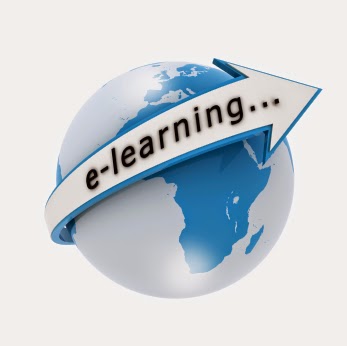LCD projectors are found in New York by Gene Dolgoff. He began bekerjadi in college in 1968 and aims to memproduksisebuah in his video projector that will make a bright LCD yanglebih compared with 3-CRT projectors. The idea was to using an element called a "light valve" to regulate the amount of light that passes through it. This will allow the use of very powerful for an external light source.
After trying a variety of materials, he occupied the liquid crystal to adjust the light in 1971. He took it to 1984 to get an addressable liquid crystal display (LCD), which is when he built the world's first LCD projector. After the examination, he saw many problems to be corrected including major losses. He then uses a new method for creating high efficiency to eliminate the appearance of the pixels.
He began working in Projectavision Inc. in 1988, the first time the world of LCD projectors is established. In 1989, he joined as a member of the National Association of Manufacturers photography (NAPM) Standards Subcommittee, IT7-3, diabersama with Leon Shapiro, co-developed the worldwide ANSI standard measurement of brightness, contrast until the resolution of electronic projectors. Originally LCD used with existing systems on the overhead projector. But, the LCD system does not have its own light source.
With great effort and thousands of failure without discouragement eventually they can be successful and popular to this day. They start with the technology used in some sizes of rear projection television consoles, LCD projection system in large television sets is to allow better image quality as opposed to a 60-inch television, although this time as the main rival of the LCD projector is the LG 100 inch LCD TV. In 2004 and 2005, LCD projection premises has come back a more complete feature for adding dynamic colors perceived contrast has risen to the level of DLP.










.svg.png)
